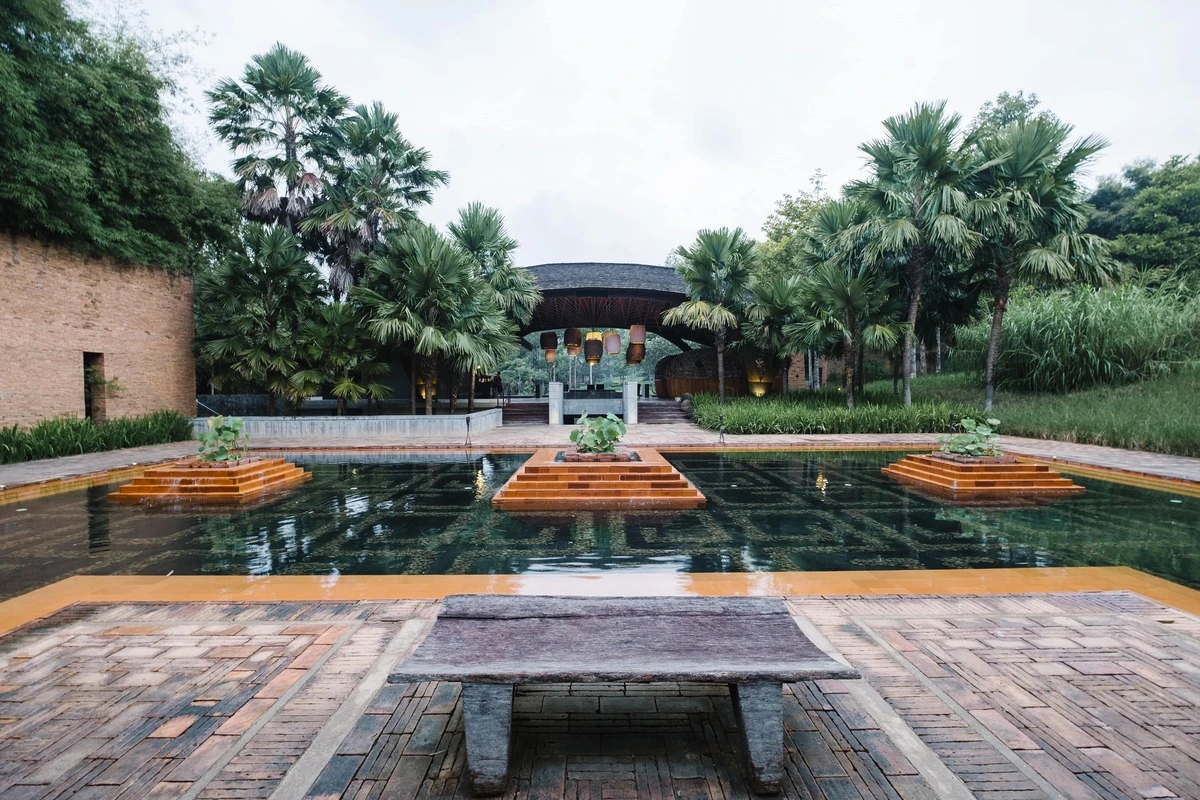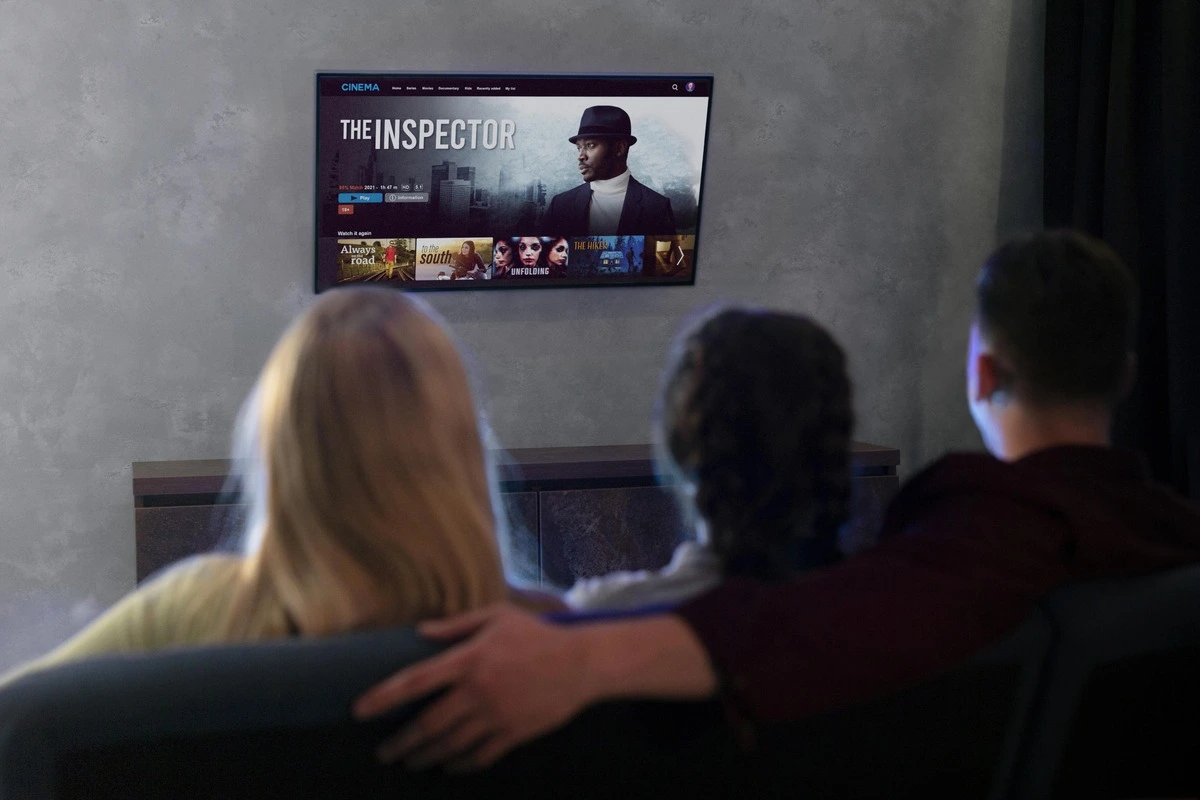In a world filled with distractions and clutter, Simpciryin design is a breath of fresh air. Imagine walking into a space that instantly soothes your mind: a sanctuary where every element is carefully selected to promote tranquility. This is the essence of Simpciry, an approach that prioritizes clean lines, open spaces, and minimalist beauty. Whether at home or at work, creating an environment based on simpciry can transform not only our perception of our surroundings, but also the way we feel in them. Let’s explore this fascinating journey toward designing spaces that inspire calm and well-being.
The Mental Health Benefits of Simpciry in Design
Simpciry in design offers more than just aesthetic appeal; it promotes mental well-being. A clean environment can significantly reduce anxiety and stress. When spaces are simple, the mind feels less overwhelmed.
Clear lines and minimal distractions promote concentration. This allows for better focus on tasks, which can improve productivity.
Furthermore, a simplified space promotes mindfulness. By eliminating clutter, everyone can better appreciate their surroundings.
Natural light and open spaces often complement simple designs. These elements can improve mood and create a sense of peace that is difficult to achieve in busier environments.
Simplicity invites tranquility, facilitating relaxation and rejuvenation amidst the daily chaos. Simple spaces foster an atmosphere conducive to creativity, free from unnecessary interruptions and visual noise.
Key Elements of a Simple Design
Color palettes play a crucial role in a simple design. Soft, neutral tones create a welcoming atmosphere and can evoke a sense of peace and tranquility.
Natural light is another key element. Large windows or skylights let sunlight into the room, improving mood and energy levels. This connection to the outdoors promotes well-being.
Furniture selection should also prioritize simplicity. Choose pieces with clean lines and minimalist decor. Multifunctional furniture can further simplify spaces while maintaining their functionality.
Textures add depth without overwhelming the visual experience. Incorporating wood, linen, or stone brings warmth and comfort without overwhelming the senses.
Strategic decluttering is essential. Remove unnecessary objects that distract from your space. A few carefully chosen decorative elements can have a significant impact by making simplicity a design priority.
How to incorporate Simpciry into your home or workspace?
To incorporate Simpciry into your home or workspace, start by decluttering. Remove unnecessary objects or those that no longer bring you joy. This creates physical and mental space.
Next, focus on color palettes. Opt for neutral tones with occasional pops of color to maintain visual tranquility. Soft tones can evoke calm and serenity.
Choose your furniture carefully. Choose pieces that are both functional and aesthetically pleasing. Versatile objects help reduce clutter and enhance design.
Integrate natural elements like plants or wood textures to connect with nature. They not only add beauty, but also promote well-being.
Prioritize organization. Use storage solutions that keep essential items within reach but out of sight. A well-organized space promotes peace and clarity, facilitating concentration.
Case Studies: Examples of Simple and Successful Designs
The Muji store layout is a striking example of Simpciry. This Japanese store favors minimalism and presents its products in a clean and organized manner. White walls and open spaces allow customers to stroll without distractions.
The Church of Light, designed by Tadao Ando in Japan, is another remarkable example. Its exposed concrete, natural light, and clean lines create a serene atmosphere. The play of light and shadow enhances its relaxing effect.
When it comes to residential design, architect John Pawson’s house embodies simplicity with its austere aesthetic. Large windows invite nature inside, while neutral colors instill peace in each room.
The minimalist design of Apple products has transformed the aesthetics of technology. Its elegant interfaces prioritize the user experience.
Tips for Keeping a Space Simple
Keeping a space simple requires dedication. Start by tidying up regularly. Spend ten minutes a day putting things back in their proper place.
Limit your decor to a few meaningful objects. This helps focus attention and reduce visual clutter. Choose objects that speak to you.
Adopt a minimalist mindset when acquiring new objects. Before bringing an object into your home, ask yourself if it adds value or joy to your life.
Define zones in your space for specific activities: work, relaxation, or socializing. This helps keep areas organized and functional.
Regularly reevaluate your real needs around you. Over time, our preferences can change, and getting rid of unused items can significantly revitalize the environment.
Also, establish routines that prioritize simpciry in daily tasks; this not only helps maintain order but also promotes tranquility in your surroundings.
Conclusion: The Power of Simpciry to Promote Calm and Well-being
Simpciry in design is a powerful tool for creating environments that foster calm and well-being. By decluttering our spaces, we can create an atmosphere conducive to relaxation and focus. A minimalist approach not only enhances aesthetics but also offers considerable mental health benefits.
By prioritizing simpciry, we open ourselves to clarity of thought and peace of mind. Each carefully selected element contributes to a harmonious environment that fosters mindfulness and presence. Thoughtfully designed spaces allow us to recharge, reflect, and find comfort in our daily lives.
When pursuing simpciry, it’s critical to keep in mind that interpretations can vary from person to person. Whether you prefer neutral tones or bold accents, the important thing is to understand how these choices influence your sense of calm. Experimenting with different elements will help you discover what resonates most deeply in your living or work space.
Embracing simplicity means prioritizing well-being over excess. It invites us to prioritize quality over quantity, both in our surroundings and in our experiences. By creating spaces rooted in this philosophy, we pave the way to calmer minds and more fulfilling lives.










